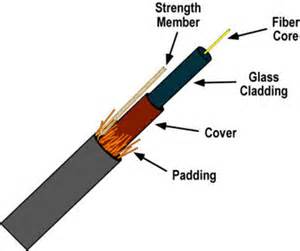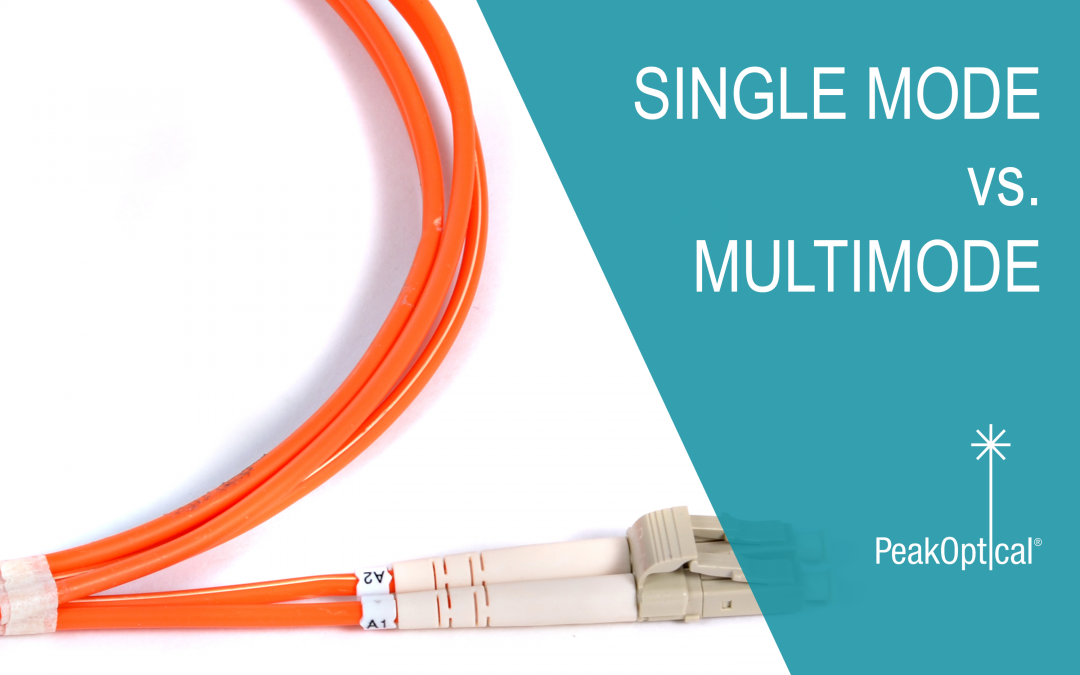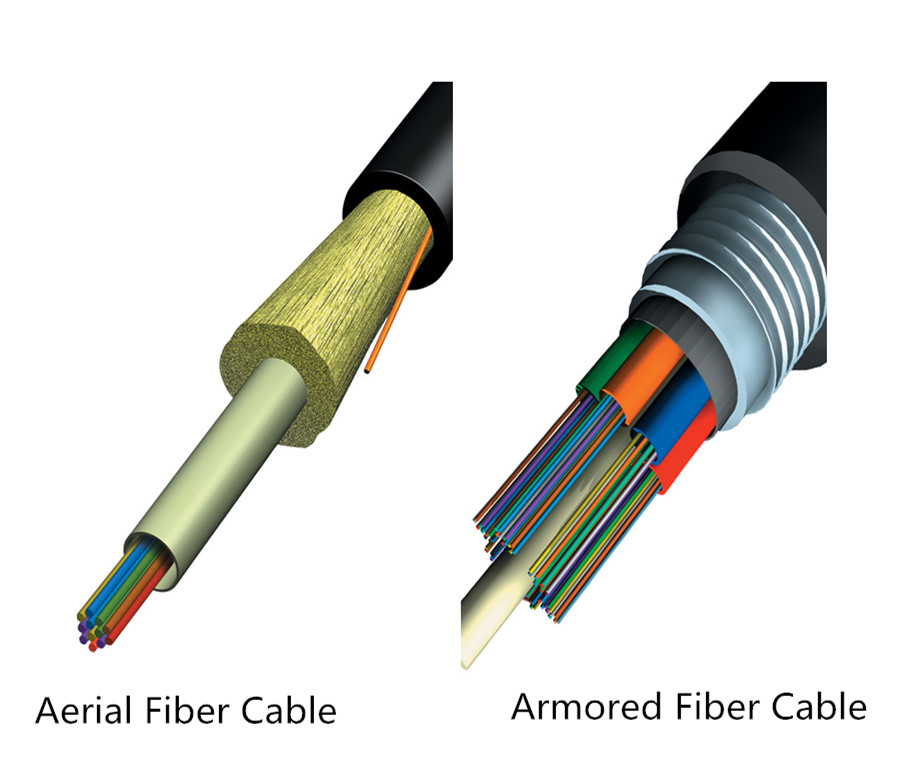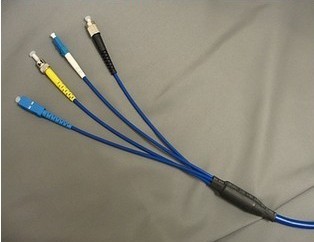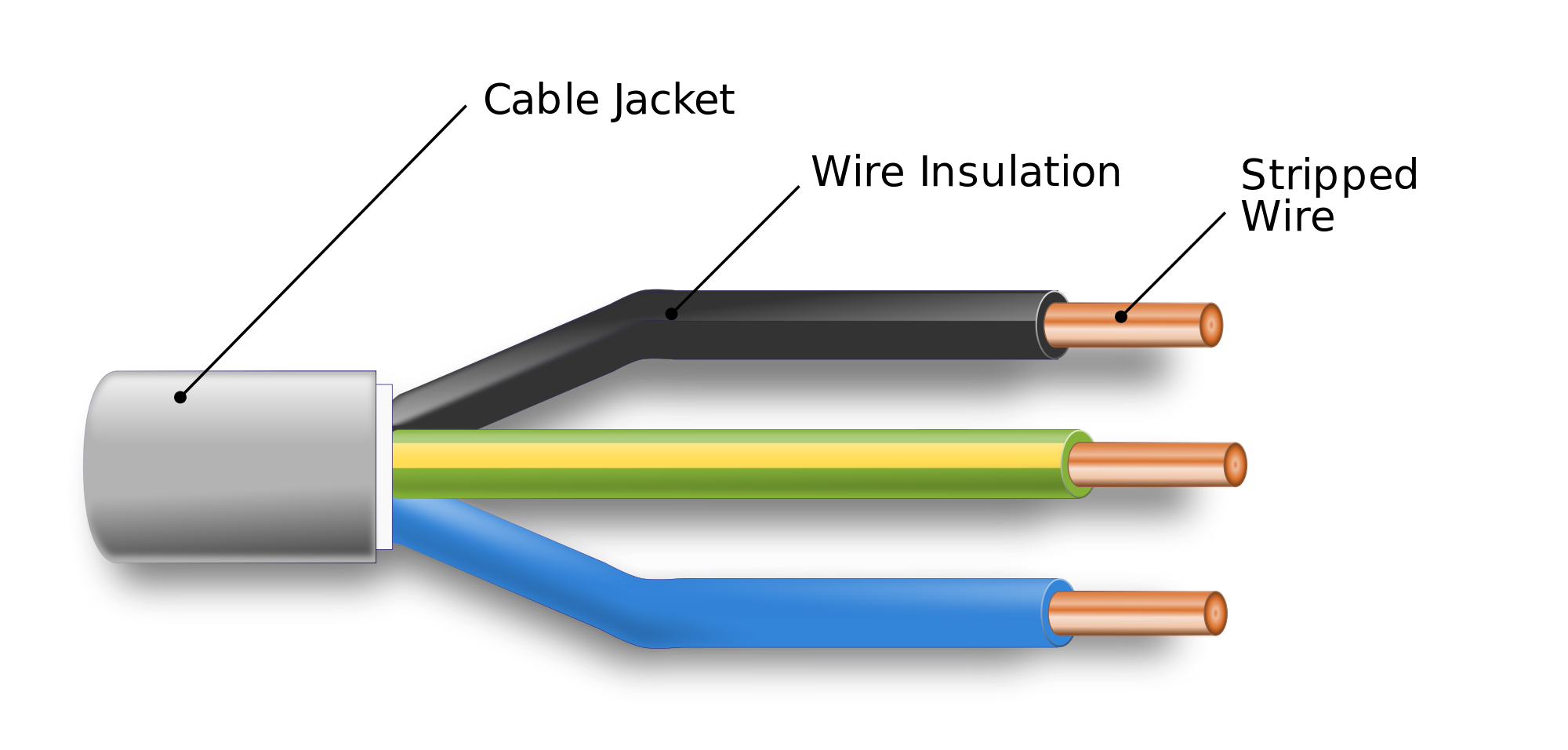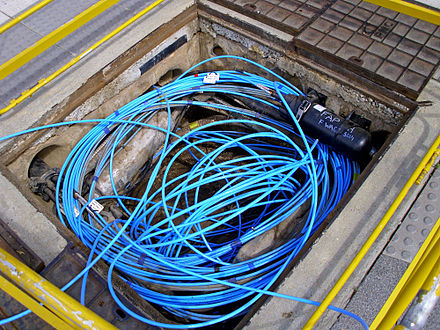Loose Tube Fiber Optic Cable Wiki

Loose tube and tight buffered.
Loose tube fiber optic cable wiki. From the picture below we can see that loose tube fiber holds more than one optical fiber each individually. Optical fibers are used most often as a means to transmit light between the two ends of the fiber and find wide usage in fiber optic communications where they permit transmission over longer distances and at higher bandwidths data transfer rates than. Each however is designed for very different environments. There are two styles of fiber optic cable construction.
Both contain some type of strengthening member such as aramid yarn stainless steel wire strands or even gel filled sleeves. Both contain a type of strengthening member such as aramid yarn stainless steel wire strands or gel filled sleeves. Their designs utilize 250µm fibers in both central multi loose tube constructions ranging in fiber counts from 2 to 288. Making the right fiber cable choice can improve overall performance of distribution cables in the pon in the distribution portion of the passive optical network pon for fiber tothe premise fttp architectures the choice of fiber cabling ribbon vs.
Loose tube can directly impact ease of installation and future performance. The configuration of loose tube cable comprises of a coated fiber placed within a loose tube which is filled with water resistant gel to protect fiber from tension and stresses caused by such harsh environment as moisture and a wide operation temperature range from thermal shock to ice loading. But there are two basic styles of fiber optic cable construction. An optical fiber is a flexible transparent fiber made by drawing glass or plastic to a diameter slightly thicker than that of a human hair.
Loose tube fiber and tight buffered fiber. The product featured is outside pl. Lead applications engineer ron stanko demonstrates how to prepare the ends of optical fiber loose tube cable for splicing. Fiber optic cables are constructed in two ways.
Loose tube and tight buffered. Fiber optic cable is available in many physical variations such as single and multiple conductor constructions aerial and direct burial styles plenum and riser cables etc. Making the right fiber cable choice can improve overall performance of distribution cables in the pon in the distribution portion of the passive optical network pon for fiber tothe premise fttp architectures the choice of fiber cabling ribbon vs. Loose tube can directly impact ease of installation and future performance.
Between them there are several common denominators like the fact that both have in their interior a strengthening member of sorts that can be made of stainless steel in the form of wire strands aramid yarn or gel filled sleeves. As is usually the case. Fiber loose tube cable belden s loose tube cables are ideal for both outdoor indoor outdoor applications including use in conduit direct burial lashed aerial trunking.
